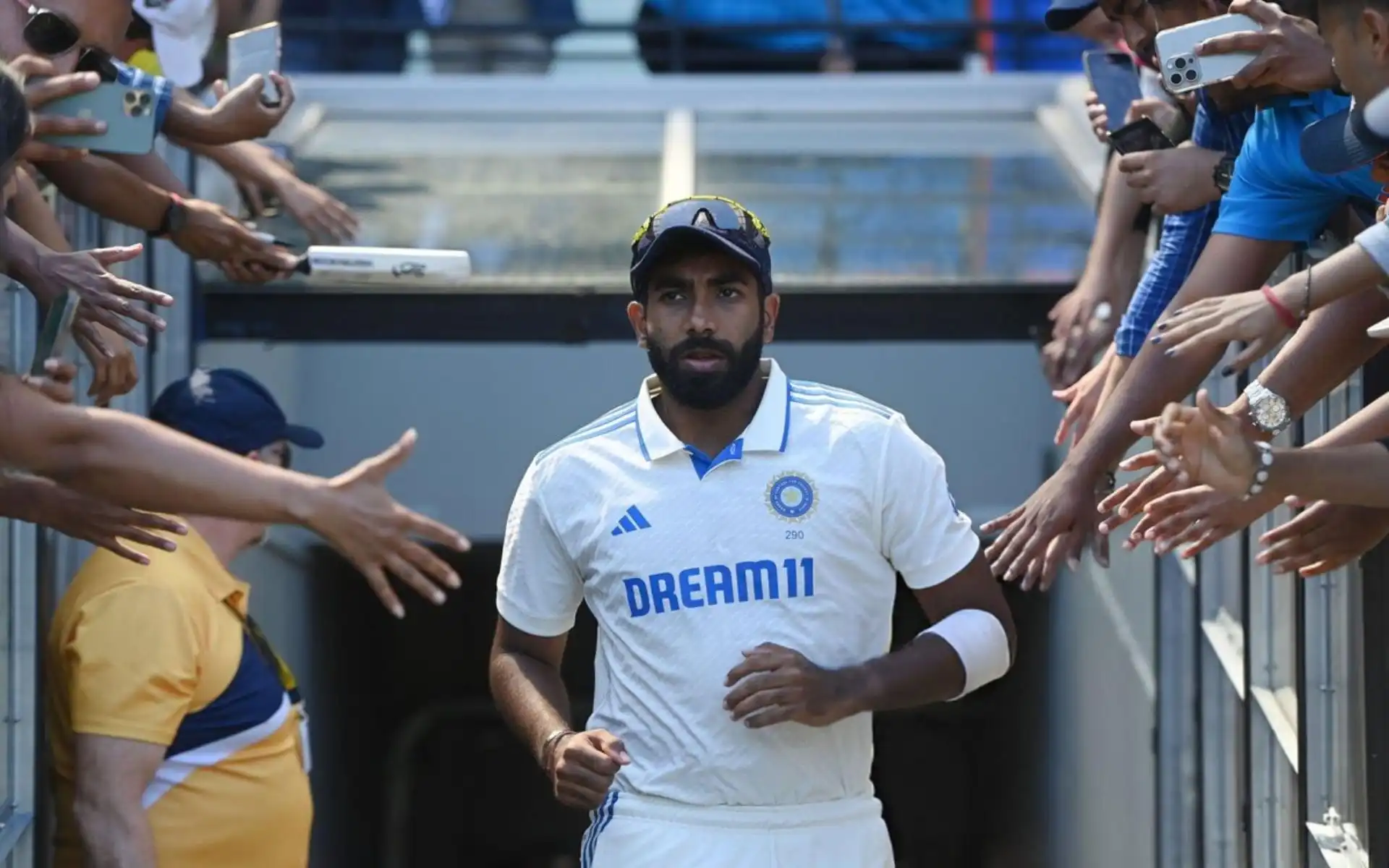 Pakistan and South Africa (Source:AP)
Pakistan and South Africa (Source:AP)
Pakistan is in deep trouble and will need to fight enough to avoid the follow-on in the ongoing second Test against South Africa at Newlands Stadium. Resuming play on Day 3, Babar Azam and Mohammad Rizwan, tried to rebuild the innings with a crucial 98-run partnership for the fourth wicket. The duo provided a glimmer of hope for Pakistan, who had found themselves in a deep hole following the loss of three wickets for just 20 runs. However, as the day progressed, Pakistan’s fortunes quickly turned once again.
The loss of Babar Azam's wicket has left the visitors in deep trouble. Pakistan’s middle order collapsed under the pressure from the South African bowling attack.
With Pakistan now languishing at 155/6, the next big thing that Pakistan must consider is how they can avoid follow-on.
So, in this article, let's look at the current scenario and how many runs Pakistan needs to avoid follow-on.
How Can Pakistan Avoid Follow-On?
To avoid the follow-on, Pakistan must now stretch their total to at least 261 runs. It would not be wrong to say that it would be an uphill task, considering the state of the match and the fragile condition of the batting line-up.
With only four wickets in hand, it will require a gritty and determined effort from the lower order to delay the inevitable and save the match from here on.
For Pakistan, now the main priority is clear: avoid the follow-on and survive the day. If they can manage to extend their total beyond 416 runs, they will at least have more time in this Test match.
At the of writing this article, lunch has been taken and Pakistan are at 155/6 with Aamir Jamal and Khurram Shahzad at the crease.
What Is Follow-On Rule In Test Cricket?
Now, to understand better, let's see what is Follow-On Rule?. The first and foremost thing is that this rule is only applicable in Test Cricket. This rule becomes relevant when the team batting second has been unable to reduce the margin of runs between their score and that of the opposing team to under 200 runs. When such a scenario occurs, the team that has accumulated more runs has the option to request that the other team takes another turn to bat.

.jpg)


.jpg?type=mq)

